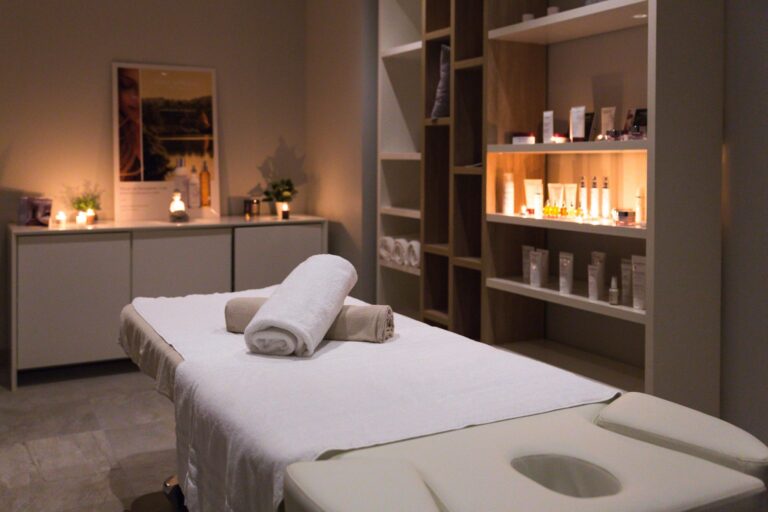The stadium has a six-lane 400m track, with an eight-lane front straight for the 100m sprint. It is fully-equipped for training in all disciplines: throwing areas (discus, shot put, hammer, javelin), jumping areas (high jump, pole vault, long and triple jump), a steeplechase water jump, mobile equipment for hurdles events, and starting blocks. It also has an indoor athletics hall for training during bad weather.
The venue has two new, well-designed changing rooms, each measuring over 60 sq. m, as well as a meeting room and an office for training staff. It also caters for any sporting needs athletes preparing for the 2024 Games may have off the track and field, by offering multimedia rooms equipped with video projectors, a fitness training room, ice baths, a sauna and a swimming pool.
A first-aid room and a private medical practice are available on site if needed. The facility also has secure storage spaces, a stand that is open to the public (400 seats), a technical repair workshop (para athletics) and an internet access point.
The Léo-Lagrange stadium hosted the French Chronostar meeting for several years. Some of the greatest French athletes have graced this venue thanks to that event, including Renaud Lavillenie, Christophe Lemaitre and Teddy Tamgho. In fact, Tamgho qualified here, on his third jump, for the World championships, where he went on to win gold.









